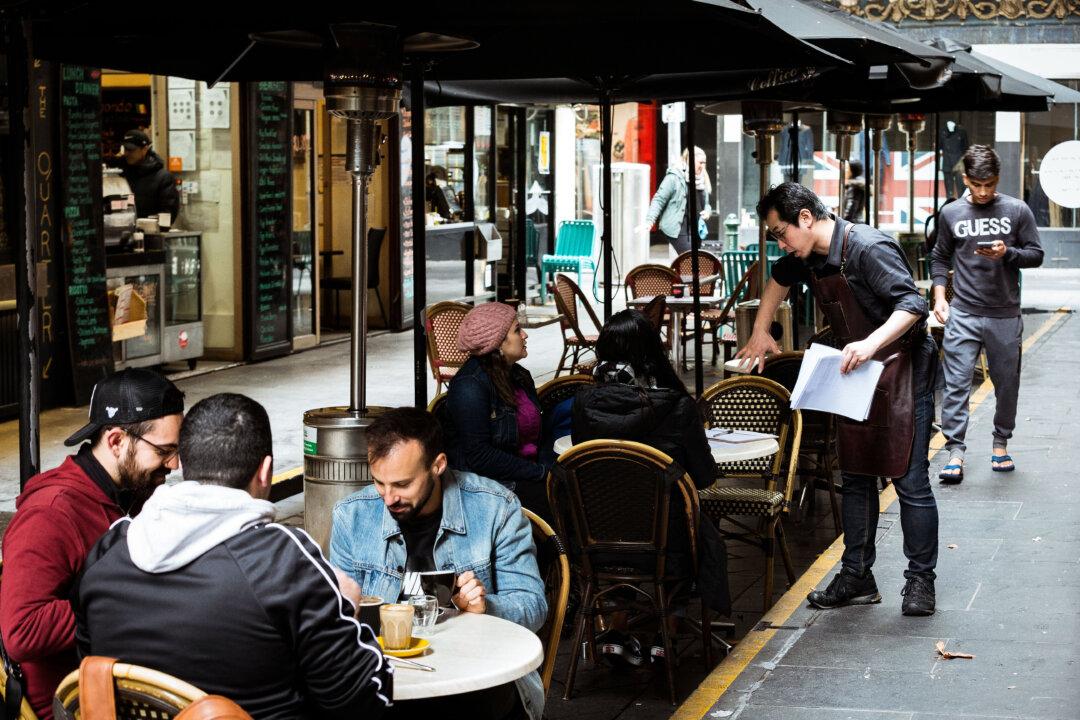Australia’s economic growth is shrinking as interest rate hikes, high inflation, and unfavourable global conditions continue to take a toll on the economy.
According to the latest national accounts, Australia’s GDP (gross domestic product) only grew by 0.2 percent in the March quarter, down from 0.6 percent in the previous three months and the lowest level since the COVID-19 Delta lockdowns in September 2021.





